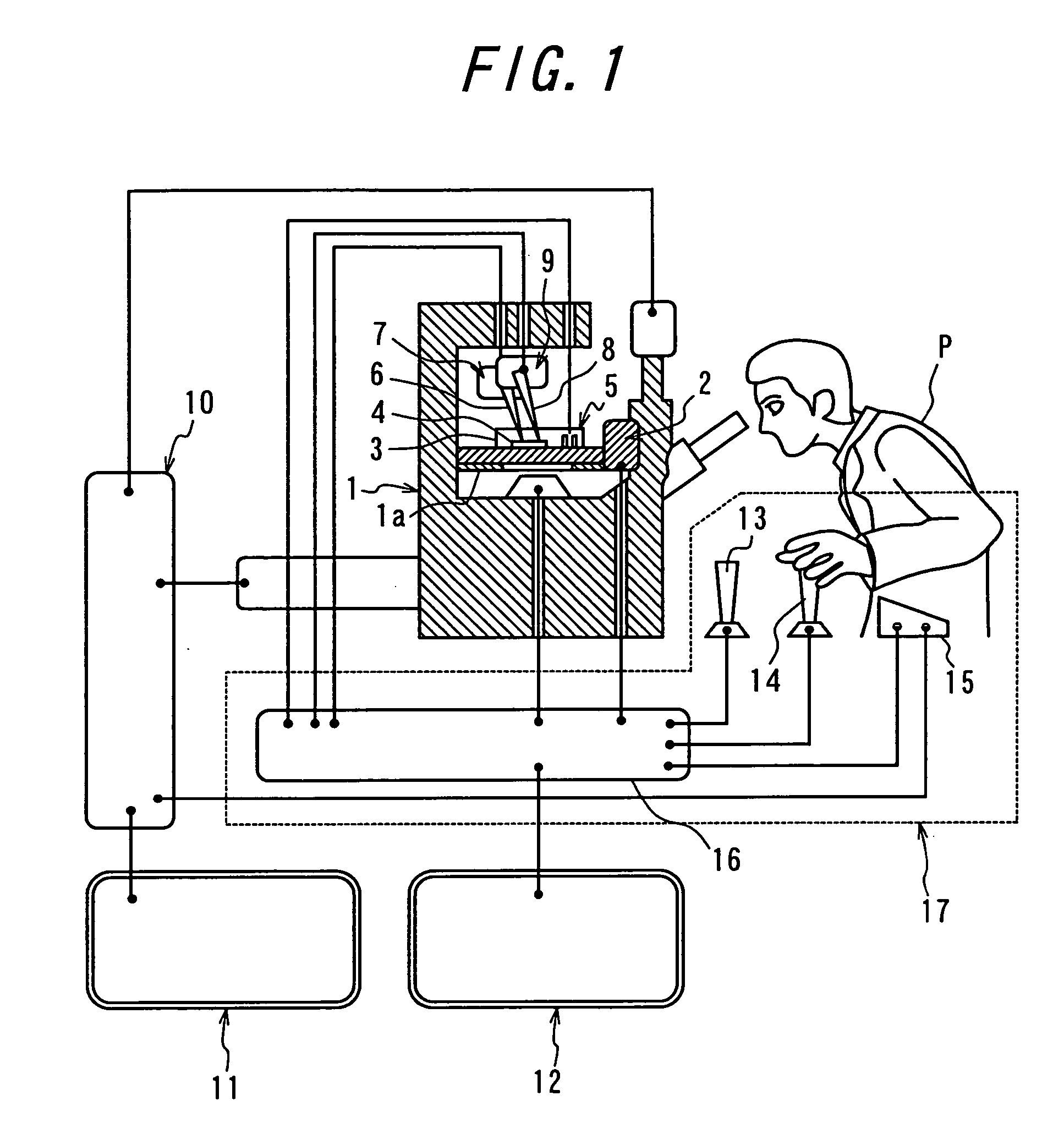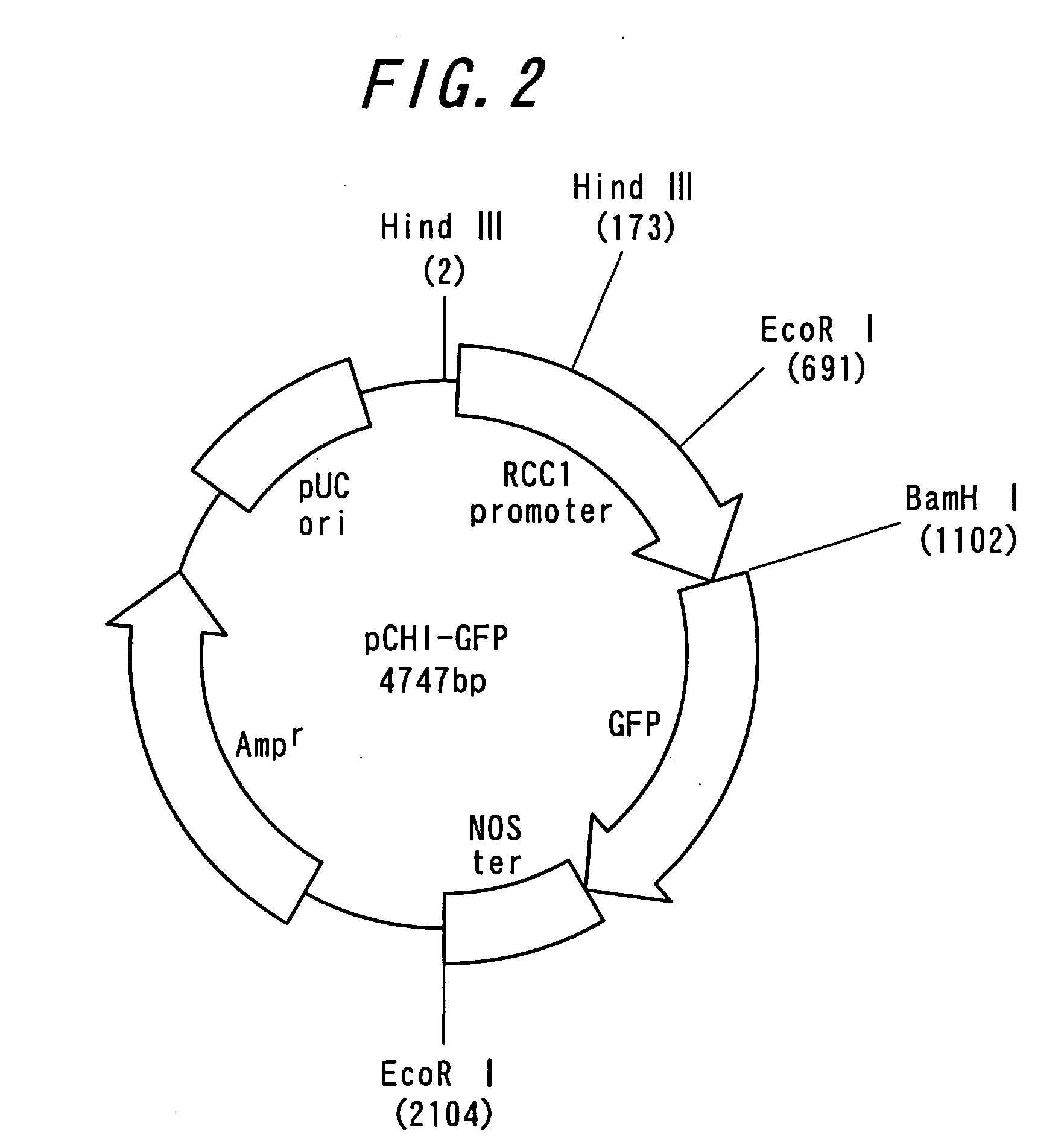Single cell operation supporting robot
a single cell, robot technology, applied in the field of robots, can solve the problems of difficulty in the operator carrying out these operations for himself/herself, and achieve the effect of finer injection operation, easy prevention of interference with cell transportation means, and narrowing the range of the means for the transportation of sample injection devices
- Summary
- Abstract
- Description
- Claims
- Application Information
AI Technical Summary
Benefits of technology
Problems solved by technology
Method used
Image
Examples
Embodiment Construction
[0031] The embodiments of the present invention are specifically illustrated below according to Examples based on the drawings. Herein, FIG. 1 is a composition diagram showing one Example of the single-cell operation supporting robot of the present invention. As shown in the illustration, the single-cell operation supporting robot of the Example is equipped with a microscope 1, multi-microwells 4 for storing cells as the microwells for storing cells which were respectively provided in culture dishes 3 fixed on an automatic stage 2 which was provided on the stage 1a of the microscope 1 and a single-cell stimulation device 5, a sample injection transfer means 7 which composes the sample injection transfer means which transports a glass capillary 6 as a sample injection means for injecting a sample into the single-cell, relatively to and from the multi-microwells 4 for storing cells, a cell transportation device 9 which composes the cell transportation means which transports an another...
PUM
 Login to View More
Login to View More Abstract
Description
Claims
Application Information
 Login to View More
Login to View More - R&D
- Intellectual Property
- Life Sciences
- Materials
- Tech Scout
- Unparalleled Data Quality
- Higher Quality Content
- 60% Fewer Hallucinations
Browse by: Latest US Patents, China's latest patents, Technical Efficacy Thesaurus, Application Domain, Technology Topic, Popular Technical Reports.
© 2025 PatSnap. All rights reserved.Legal|Privacy policy|Modern Slavery Act Transparency Statement|Sitemap|About US| Contact US: help@patsnap.com



